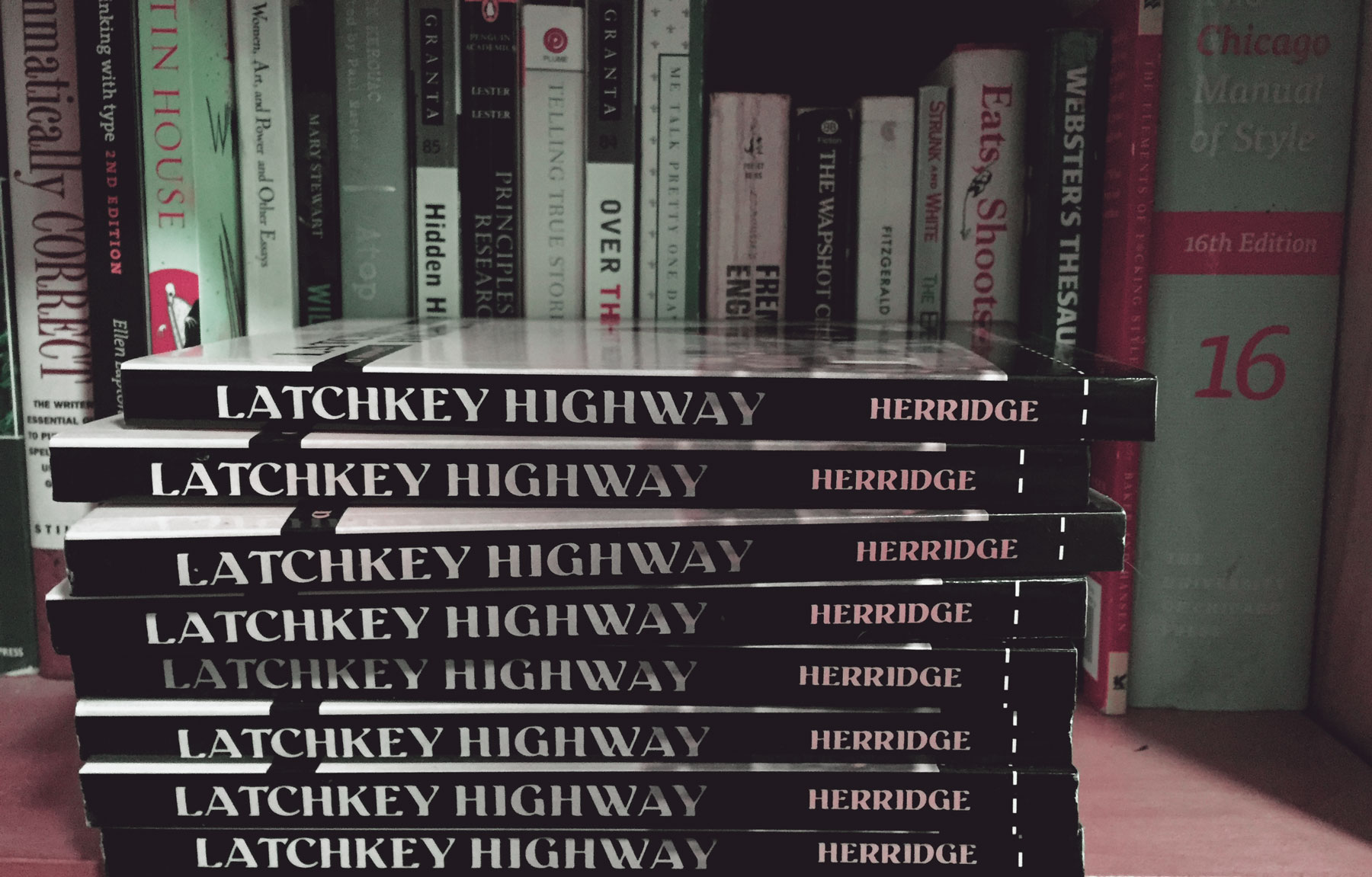1 Minute Read:
I’ve recently started writing news copy for a local paper, and it’s my first real foray into the Associated Press style guide. The point of AP style is, for obvious reasons, to be clean, consistent, and neutral in reporting events. It has always been important for news to be impartial. Reporters risk losing not only their credibility, but their access if they come off as biased in any way. I wouldn’t want to talk to a reporter if I thought she would twist my words, or characterize events in an inconsistent way. We are at a point in the American zeitgeist that the media’s credibility is being challenged pretty much daily by some of the people in charge, and it’s… problematic at the very least. It makes it difficult for the fourth estate to play their crucial role in keeping the general public up to speed on the events of the day, not to mention it’s downright dangerous for these people in a nation as armed as the U.S.
The Associated Press releases a new edition of their stylebook every year as language and technology evolve, making it necessary to issue updates. This year the editors paid a great deal of attention to race-related stories, setting some guidelines that will prove useful in the current social climate. A point that stands out is using the terms “racist” or “racism” when describing a person or an event. The style editors advise journos to instead use terms like “racially motivated” or “racially tinged,” to the frustration of people affected by racism. The frustration is understandable. We’ve all seen the tweets. Some news outlet posts a link to an article about a “racially charged” incident, and the wording seems wholly inadequate when people are getting shot because of the color of their skin, or accosted for being bi-lingual. I’m getting angry just writing this. And the comments come rollin’ in to the tune of “They oughta call it what it is, straight-up racism.”
The media has to stay impartial. But… the commenters don’t. That’s the beauty. You have a voice, use it. Write your story, or write a bunch of short stories. Blog it, journal it, serialize it, write open letters to the establishment. Share your story and find your style.

